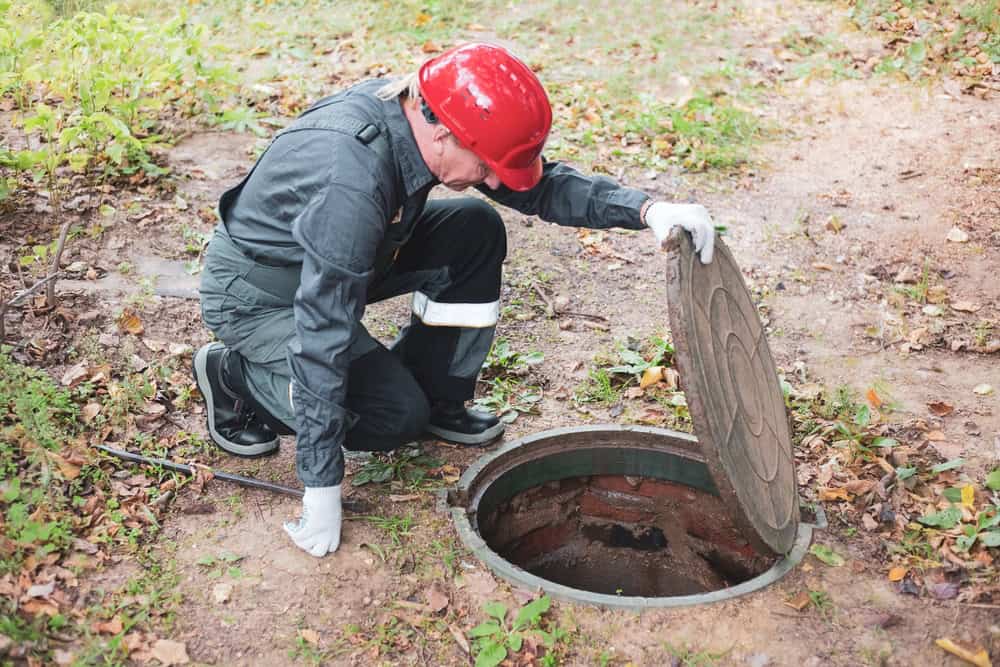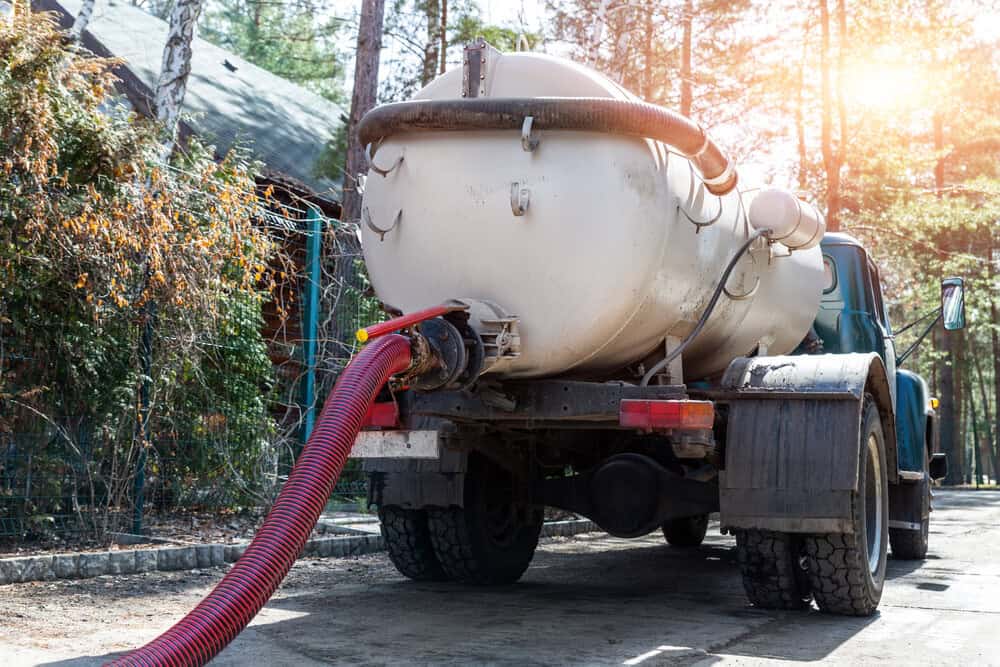No backups, no surprises, no waiting around for contractors who might show up.

Hear from Our Customers

You stop worrying about your septic system because it just works. No more wondering if that smell means trouble or if you’re overdue for pumping.
Your system runs quietly in the background while you focus on everything else. When maintenance time comes around, you get a straight answer about what needs doing and what it costs.
The peace of mind is worth it. You know your property is protected, your family is safe, and you won’t get hit with emergency repair bills because someone actually maintains the system properly.
Quality Cesspool has been handling septic systems across Long Island for years. We built our reputation by showing up when scheduled and doing the work right the first time.
We understand Huntington Bay’s unique soil conditions and local regulations. We maintain proper licensing and insurance because we believe that compromising quality is not worth the risk to your property.
Upon your call, we provide straightforward explanations about the requirements of your system and the associated costs. No runaround, no pressure tactics, just honest service from people who know septic systems.

First, you call and describe what’s going on. We ask a few questions to understand your situation and schedule a time that works for you.
Our technician arrives with proper equipment and explains what we found before starting any work. You get a clear explanation of the problem and the cost of fixing it.
During the job, we protect your landscaping and clean up afterward. You get documentation of the work completed and recommendations for keeping your system running smoothly. No mystery charges, no surprise fees, no mess left behind.

Ready to get started?
Quality Cesspool handles the full range of septic services, from routine pumping to complete system installation. We service existing systems, install new ones, and handle emergency repairs when things go wrong.
Regular maintenance includes pumping, inspections, and catching small problems before they become expensive disasters. For new installations, we handle permits, design, and construction to meet local codes.
Huntington Bay’s waterfront location creates specific challenges with soil conditions and environmental regulations. We know these requirements and ensure your system meets all local standards while protecting your property investment.

Don’t let cesspool issues disrupt your day. Reach out now for a free estimate and expert service.
©2025 Quality Cesspool All Rights Reserved. SEO Company NYC – Web Design & SEO by Hozio